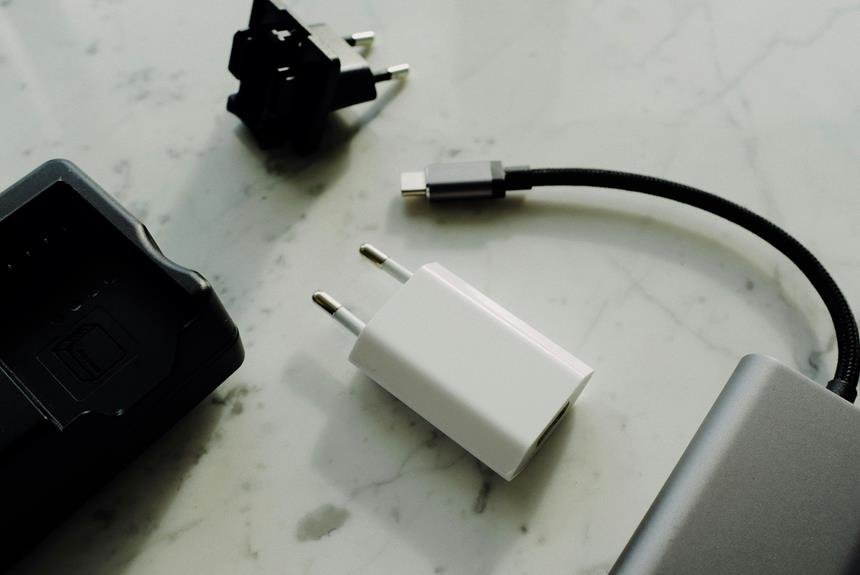wireless charging
Wireless charging, also known as inductive charging, is a method of transmitting electrical energy to devices without the need for physical connectors or cables. This technology utilizes electromagnetic fields to transfer energy between two coils—one embedded in the charging pad and the other in the device being charged. The concept of wireless charging has gained substantial traction in recent years, particularly for consumer electronics like smartphones, smartwatches, and earbuds, due to its convenience, efficiency, and the reduction of clutter associated with traditional wired charging.
At the heart of wireless charging is the principle of electromagnetic induction. When an alternating current (AC) passes through the coil in the charging pad, it creates an oscillating magnetic field. This magnetic field induces an alternating current in the coil present in the device. The device then converts this induced AC into direct current (DC) to charge its battery. The efficiency of this process depends on the alignment of the coils and the distance between them. Modern wireless chargers are designed to optimize this alignment, ensuring effective energy transfer and faster charging times.
One of the key advantages of wireless charging is its user convenience. Users can simply place their devices on a charging pad or stand without needing to connect any cables, which can wear out over time and damage charging ports. This ease of use is especially beneficial in environments where multiple devices require charging, such as households, offices, and public spaces. Wireless charging reduces the tangle of cables, providing a cleaner and more organized environment. Additionally, it mitigates the wear and tear on charging ports, extending the lifespan of both the cables and the devices.
Wireless charging technology has also been increasingly integrated into furniture and public infrastructure. Many modern pieces of furniture, such as desks, nightstands, and even car interiors, now come equipped with built-in wireless charging capabilities. This seamless integration allows users to charge their devices effortlessly as part of their daily routine. Public spaces like airports, cafes, and hotels have also adopted wireless charging stations, offering added convenience for travelers and customers who need to recharge their devices on the go.
However, wireless charging is not without its limitations. One of the primary challenges is its generally lower efficiency compared to wired charging, resulting in longer charging times. Additionally, the device must be in close proximity to the charging pad, usually within a few millimeters, for optimal performance. This requirement can limit the usability of the device while it is charging. Another challenge is the need for standardized technology to ensure compatibility across different devices and chargers. While the Qi standard has been widely adopted, compatibility issues can still arise with certain devices.
Despite these challenges, the future of wireless charging looks promising. Advances in technology are addressing current limitations, such as improving efficiency and extending the range of wireless charging. Resonant inductive coupling and other emerging techniques aim to enable devices to charge over greater distances and even through surfaces, further enhancing the convenience and functionality of wireless charging.
In conclusion, wireless charging represents a significant advancement in the way we power our devices, offering unparalleled convenience and reducing reliance on physical cables. As technology continues to evolve, wireless charging is expected to become more efficient, versatile, and widely integrated into our daily lives. Whether at home, in the office, or on the move, wireless charging is paving the way for a future where keeping our devices powered is simpler and more intuitive.

